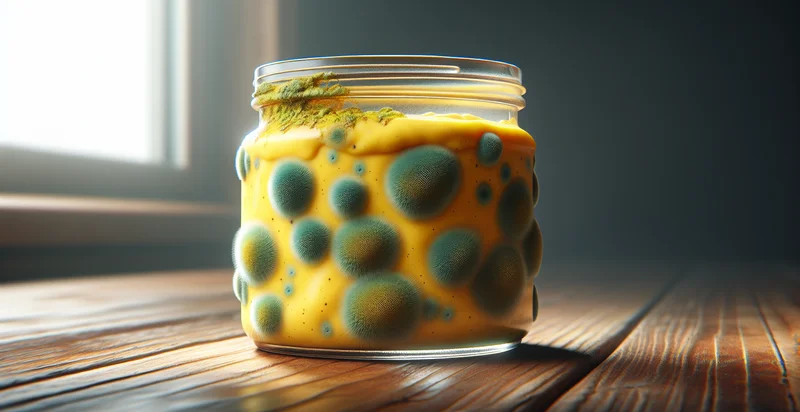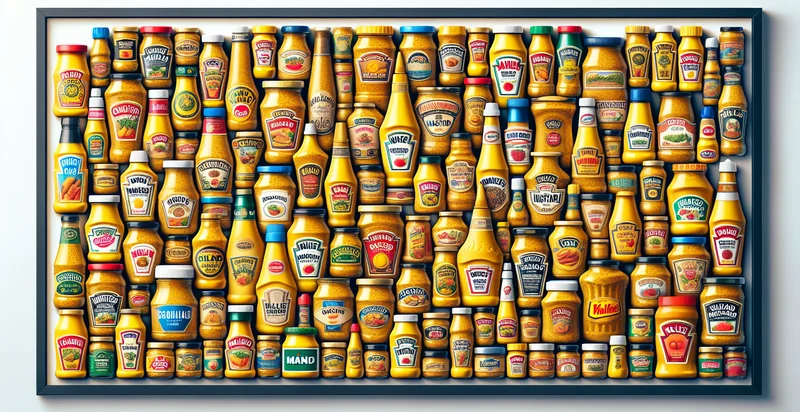Identify if mustard is rotten
using AI
Below is a free classifier to identify if mustard is rotten. Just upload your image, and our AI will predict if mustard is rotten - in just seconds.

Contact us for API access
Or, use Nyckel to build highly-accurate custom classifiers in just minutes. No PhD required.
Get started
import nyckel
credentials = nyckel.Credentials("YOUR_CLIENT_ID", "YOUR_CLIENT_SECRET")
nyckel.invoke("if-mustard-is-rotten", "your_image_url", credentials)
fetch('https://www.nyckel.com/v1/functions/if-mustard-is-rotten/invoke', {
method: 'POST',
headers: {
'Authorization': 'Bearer ' + 'YOUR_BEARER_TOKEN',
'Content-Type': 'application/json',
},
body: JSON.stringify(
{"data": "your_image_url"}
)
})
.then(response => response.json())
.then(data => console.log(data));
curl -X POST \
-H "Content-Type: application/json" \
-H "Authorization: Bearer YOUR_BEARER_TOKEN" \
-d '{"data": "your_image_url"}' \
https://www.nyckel.com/v1/functions/if-mustard-is-rotten/invoke
How this classifier works
To start, upload your image. Our AI tool will then predict if mustard is rotten.
This pretrained image model uses a Nyckel-created dataset and has 2 labels, including Mustard Is Fresh and Mustard Is Rotten.
We'll also show a confidence score (the higher the number, the more confident the AI model is around if mustard is rotten).
Whether you're just curious or building if mustard is rotten detection into your application, we hope our classifier proves helpful.
Related Classifiers
Need to identify if mustard is rotten at scale?
Get API or Zapier access to this classifier for free. It's perfect for:
- Quality Control in Food Manufacturing: Food manufacturers can implement the 'if mustard is rotten' identifier to automate quality control processes. This system can quickly assess mustard products on the production line, flagging any that show signs of spoilage, thus reducing waste and ensuring only fresh products reach consumers.
- Inventory Management in Grocery Stores: Grocery retailers can integrate this classification function into their inventory management systems. By identifying rotten mustard, stores can optimize restocking procedures and minimize health risks associated with selling spoiled condiments.
- Supply Chain Monitoring: Distributors can use the identifier to monitor the quality of mustard during transit. This application helps ensure that only fresh products are delivered to retailers, reducing the likelihood of returns and enhancing customer satisfaction.
- Consumer Alerts for Home Use: A mobile application could leverage this technology to allow consumers to scan their mustard jars at home. If the mustard is identified as rotten, the app can send alerts and suggest safe disposal practices to prevent health issues.
- Food Safety Compliance: Restaurants and food service companies can implement this function as part of their safety compliance checks. Regular scanning of condiments can aid in maintaining high standards of food safety and hygiene while also protecting the establishment's reputation.
- Product Development Insights: Researchers and developers in the food industry can use the rotten mustard identifier to study spoilage patterns. Analyzing data from this function may lead to innovative preservation methods or new product formulations that extend shelf life.
- Customer Feedback Mechanism: Businesses could create a customer feedback system where users can report issues with mustard (e.g., spoilage). The identifier could then analyze submitted images alongside feedback to enhance quality assurance measures and improve consumer trust.


